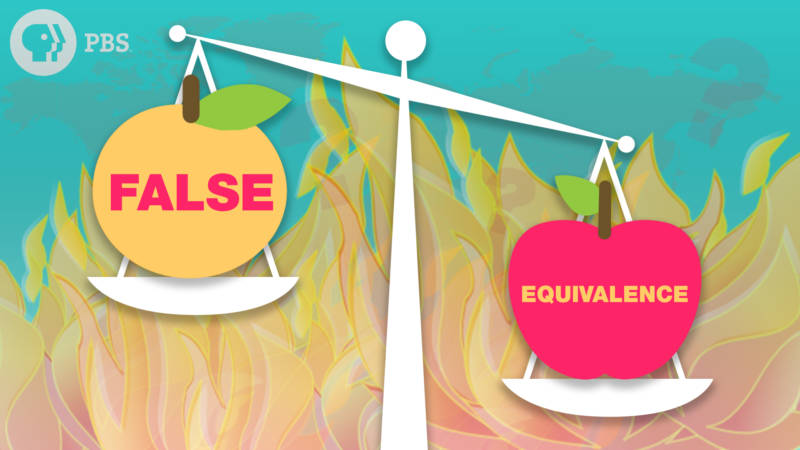Media Literacy Week is Oct. 21-25. Get a jump start with these videos!
Misinformation and propaganda are all over the Internet – and can be especially tough for students to detect. But you don’t have to be a computer scientist to resist the YouTube rabbit hole. You don’t have to be a seasoned reporter to avoid the trap of false equivalence. And you don’t have to be a psychologist to figure out how personal bias affects the way we respond to the news.
Help students make sense of these critical topics with these featured videos created by KQED and PBS Digital Studios.
Demystify Tough Topics in Just a Few Minutes
Start with Confirmation Bias and Your Brain to help students recognize how personal bias makes it easier to fall for misinformation. Confirmation bias wants us to stay in our comfort zone and dismiss any idea that conflicts with our beliefs. But once students know what’s happening, they’ll be more aware of filter bubbles, look again at the media they consume and examine what they really know about their most strongly held views.



